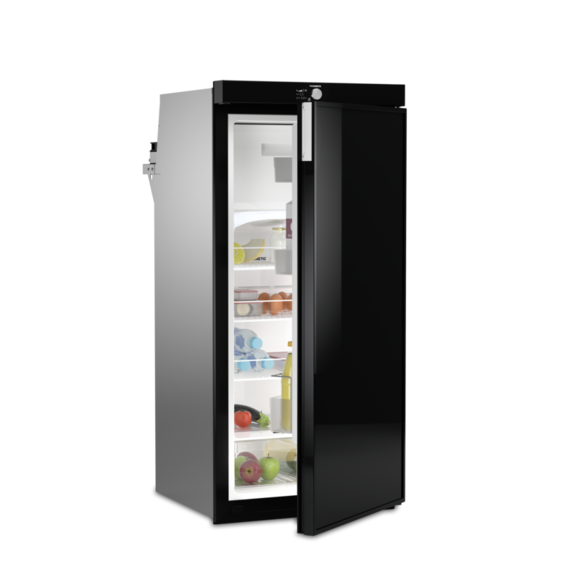Skip to Content
RUC Refrigerator
Enheten svalnar inte, strömmen är påslagen, felindikatorn visas
Prova den här lösningen
Återställ felkoden genom att hålla in pulsgivarknappen i 3 sekunder
Möjlig orsak: För litet tvärsnitt på kabeln eller för lång kabel.
Byt ut kabeln enligt Steg-för-steg-guiden nedan.
On this page